This class is my favorite course abroad, and one of my most challenging. Throughout the semester, we work towards filling a sketchbook with in-class and homework sketches, each week focusing on a different aspect of drawing at a different location. I’ve expanded my knowledge of drawing, Rome, and art in general in Drawing: Rome Sketchbook.
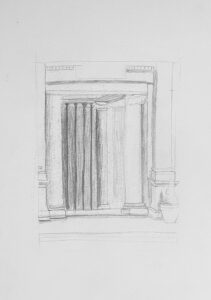
My first thumbnail sketch of the Capitoline Hill Museum doorway.
For one of our first classes, we met at Capitoline Hill. We sat on the steps in the shade and set to draw a section of the museum building. Our assignment was to finish two small sketches, known as thumbnail sketches, specifically focusing on depth, light, and shadow. I realized how much focus is required for a believable perspective, even on something as simple as a window or doorway. On our second visit to Capitoline Hill, we went inside the museum. This museum was worth the visit, especially by looking at each piece from an artist’s perspective, rather than a tourist’s. I spent most of my time looking at how light plays off of the statues in the museums, one of my favorites being a statue of Venus I ended up drawing for my sketch. I improved immensely from my first visit to Capitoline Hill, especially in my observation and shading skills.
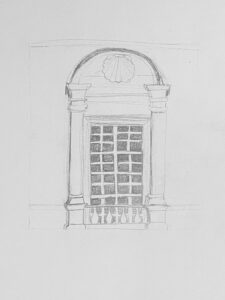
My second thumbnail sketch of the Capitoline Hill Museum window.
By spending two to three hours at each location, I familiarized myself with my surroundings and my subject on a deeper and more intimate level. Taking the time to make a finished sketch of a building forced me to understand architectural design choices like depth, contrast, and symmetry. My appreciation for the designers of these spaces grew tremendously as I struggled through my sketch. My more complicated drawings of sculptures required more attention to light and shadow, especially on textured or damaged sculptures. To copy these sculptures onto paper is hard enough, I can’t imagine carving them into marble.
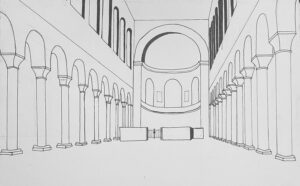
My drawing of the Basilica of Santa Sabina, in pen.
The Basilica of Santa Sabina is one of the oldest churches in Rome, built between 422 and 440 CE, but its design didn’t originally impress me. The colors were dull, and the church was much smaller than the previous churches I had visited. However, through the process of drawing this church, my appreciation for it grew immensely. Its symmetry is beautiful, with the columns in the windows leading to a central half-dome above the altar. Santa Sabina is also one of the quietest places I’ve been in Rome, barren of tourist crowds usually present in more popular destinations. I truly began to understand the beauty of this church by spending class time sitting on the floor drawing it.
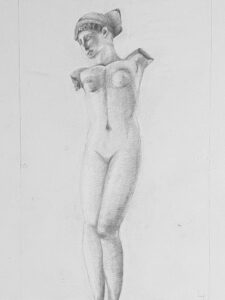
My drawing of the Venus statue in the Capitoline Hill Museum.
Through this class, I gained a new respect for artists and architects. I also gained a new appreciation for street artists, since I truly know what goes into their art. I’ve also noticed a lot of street vendors selling items, specifically jewelry like rings and bracelets, for a single euro. Artists who design and execute their jewelry themselves cannot afford to sell their art for that cheap, so customers are drawn to the lower-priced items and away from the handmade, good-quality pieces. I’ve made a conscious effort to avoid unauthentic, cheaply made art and instead support genuine and reliable artists. This class gave me much more than a sketchbook of my time in Rome, it made me question the authenticity of art and its value. But don’t get me wrong, I do love my sketchbook. It’s a unique and personal souvenir from my semester and a demonstration of how much my drawing skills have improved.
Written by: Lucy, Fall 2023 JCU Rome student from St. Mary’s College of California
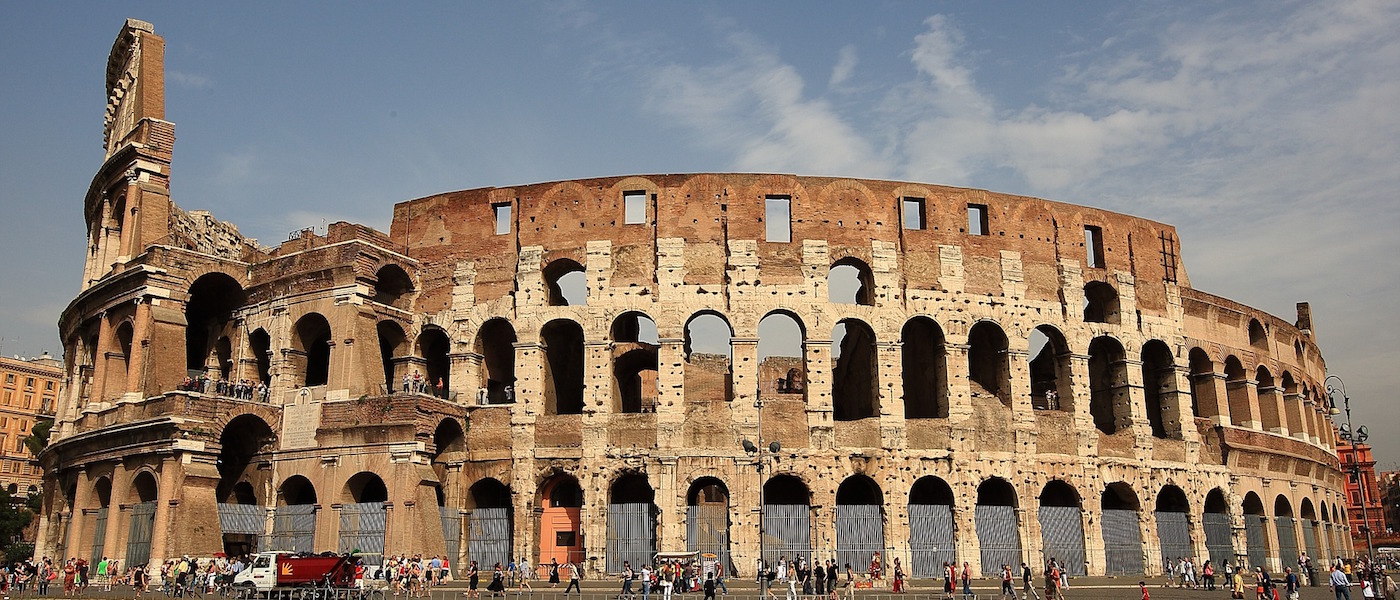

Comments
No comments yet